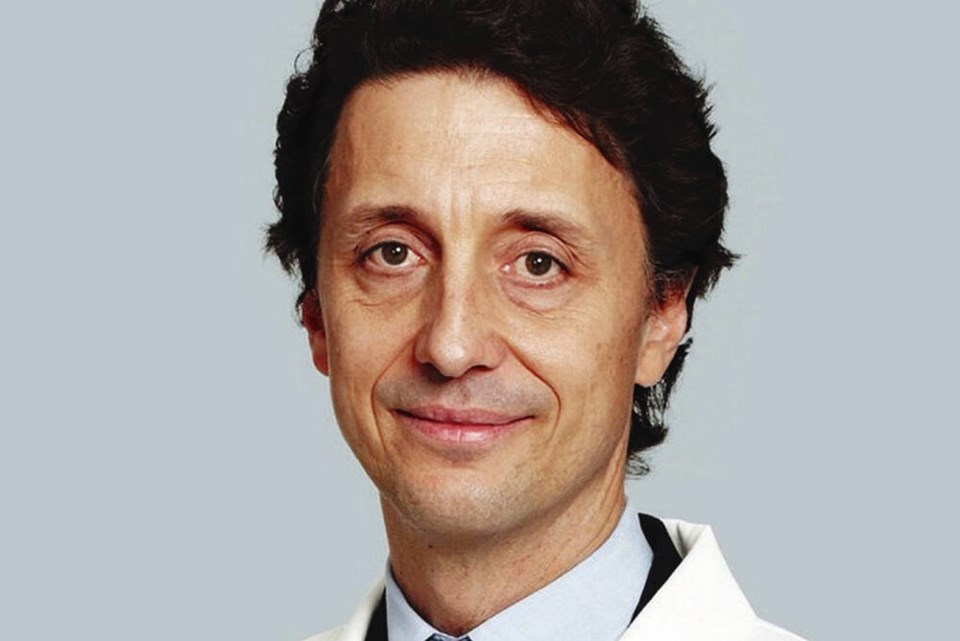Dear Dr. Roach: I am 63 years old, and recently, I was diagnosed by my gastroenterologist with erosive esophagitis after an endoscopy. I was placed initially on Protonix, but I didn’t improve much. So, I was switched to 20 mg of Voquezna, and after eight weeks, I am starting to feel better.
I have painful osteoarthritis in my right hand and a broken collarbone that didn’t heal right. I normally take meloxicam for it. Since the diagnosis of erosive esophagitis, I have ceased taking any NSAID (nonsteroidal anti-inflammatory drug), and for pain, I will periodically take Extra Strength Tylenol only.
I believe I will go on a maintenance dose of either 10 mg of Voquezna or Protonix to manage my esophagitis. I want to get relief for my osteoarthritis, but I don’t want my esophagitis to come back. I felt 75% to 85% better being on meloxicam when I took it, but I now realize what NSAIDs can do to the stomach and gastrointestinal tract! Is there something else I can take?
D.B.
Vonoprazan (Voquezna) is a new treatment for gastroesophageal reflux disease. It was recently found to be superior to proton-pump inhibitors like pantoprazole (Protonix) in people with erosive disease, which is more serious. Unfortunately, it is very expensive.
NSAIDs like meloxicam put people at risk of damage to the esophagus. Erosive esophagitis is likely to return after treatment without maintenance therapy, and 10 mg of Voquezna was shown to be more effective than a PPI in one study.
Your best chance for healing is to stop the NSAIDs; however, most people will still have good control with a PPI or Voquezna, even if they continue NSAIDs. If Tylenol isn’t doing the job with pain control, then I might suggest applying topical NSAIDs like diclofenac (Voltaren) on your hand; unfortunately, it may not penetrate into your collarbone well enough. But this is very safe, since only a tiny fraction of the NSAID is absorbed.
Celecoxib (Celebrex), a medicine called a COX-2 inhibitor, has less risk than an NSAID like meloxicam to damage the esophagus, so I recommend a trial of this if the combination of topical therapy and Tylenol doesn’t provide adequate relief.
Dear Dr. Roach: You recently wrote in a column that 10 minutes of sun exposure to the hands and face is enough exposure to get vitamin D. Is this risky? I don’t want to get any sun on my hands or face, so I take a supplement.
S.R.E.
Ten minutes of sun on the hands and face does not put you at high risk for sun damage, but people who are very fair and whose skin burns easily may wish to avoid even that much sunlight. In this case, I recommend a supplement. Although a recent large study did not show much benefit to vitamin D supplementation, people who get no sun exposure at all may be an exception.
Another reader wrote in that people with dark skin are less able to make vitamin D and are, therefore, at a higher risk for vitamin D deficiency, especially if they live in the northern part of the United States or anywhere in Canada.
Email questions to [email protected].



